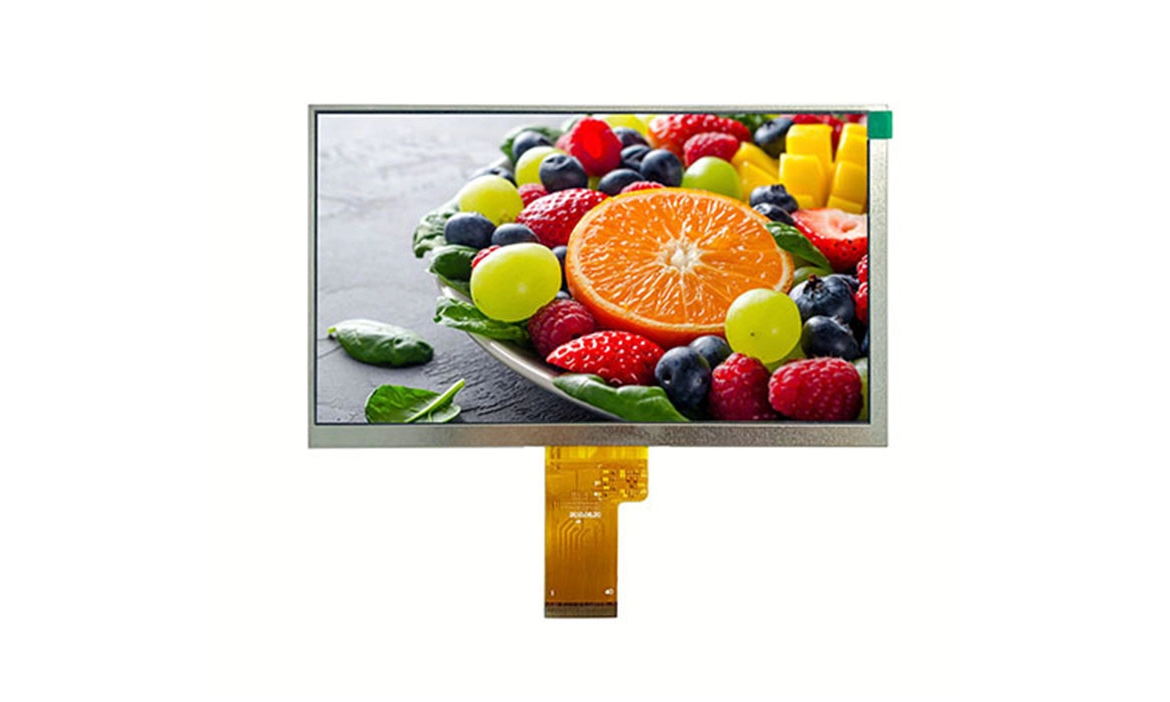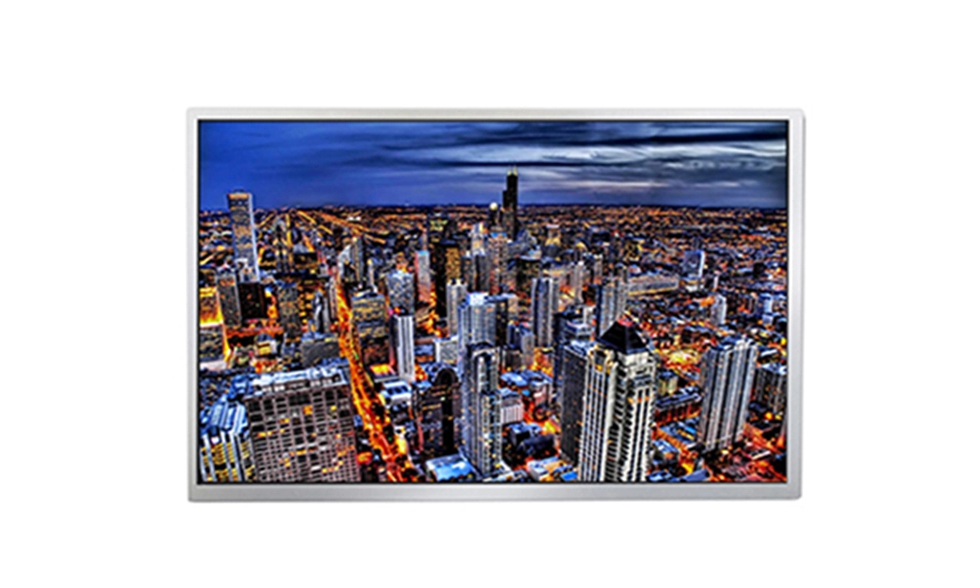Views: 280 Author: Vickey Publish Time: 2024-03-21 Origin: Site









Screen technology is all around us, from the displays on our phones to the TVs in our living rooms. But have you ever wondered how these screens actually work? Today, we're going to dive into the world of screen technologies and explore the differences between LCD and OLED screens.
When it comes to screens, there are many different types, but two of the most common are LCD and OLED. These screens use different technologies to show us pictures and videos, and each has its own unique features and benefits. So, let's take a closer look at LCD technology and see how it compares to OLED.
Before we get into the nitty-gritty details, let's cover some key terms. LCD stands for 'Liquid Crystal Display,' which gives us a clue about how these screens work. They use liquid crystals to create images on the screen. On the other hand, OLED stands for 'Organic Light-Emitting Diode,' and it works a bit differently by emitting light directly to create pictures.
An LCD, which stands for Liquid Crystal Display, is a type of screen that uses liquid crystals to show pictures. These liquid crystals change shape when an electrical current is applied, allowing different colors to be displayed on the screen.
There are different kinds of LCD screens, such as IPS (In-Plane Switching) and TFT (Thin-Film Transistor) displays. IPS screens have better color accuracy and wider viewing angles, making them great for watching videos. TFT screens, on the other hand, are often used in devices like smartphones and digital cameras because they are cost-effective and consume less power.
LVDS stands for Low-Voltage Differential Signaling. It's a technology that helps transfer the picture from the device to the screen by using a differential signaling method. This helps in maintaining the quality of the image and reducing interference, leading to clearer and sharper pictures on the screen.
When it comes to screens, OLED technology has been making quite a buzz. Let's dive into the world of OLED displays to understand what makes them stand out from traditional LCD screens.

OLED stands for 'Organic Light-Emitting Diode.' Unlike LCD screens that need a backlight to display images, OLED screens can create images directly using organic compounds that emit light when an electric current passes through them. This allows for vibrant colors and deep blacks, making images look more lifelike.
OLED screens have several advantages over LCD displays. One of the most significant advantages is their color contrast. Since each pixel on an OLED screen can emit its own light, the contrast between light and dark colors is much more pronounced. This results in sharper images and more vibrant colors.
Another benefit of OLED displays is their energy efficiency. Because OLED screens only light up the pixels that need to display an image, they consume less power compared to LCD screens that require a constant backlight. This not only helps save energy but also extends the battery life of devices equipped with OLED displays.
Overall, OLED technology offers superior image quality, better color contrast, and energy efficiency, making it a popular choice for smartphones, TVs, and other electronic devices.
When it comes to image quality, IPS LCD and OLED screens have their own strengths. IPS LCD screens, known for their accurate color reproduction, provide vibrant and realistic colors. On the other hand, OLED displays offer true blacks and high contrast ratios, making images appear sharper and more lifelike. Additionally, OLED screens have better viewing angles compared to IPS LCD, ensuring consistent picture quality from various perspectives.
Looking at energy consumption, OLED screens are generally more energy-efficient than LCD displays. This is because OLED technology only lights up the pixels that are needed, saving power when displaying dark or black images. On the other hand, LCD screens require a backlight to illuminate the entire display, resulting in higher power consumption. However, when it comes to cost, OLED displays tend to be more expensive to produce than LCD screens. The advanced technology and materials used in OLED panels contribute to their higher price point.
In this article, we explored the fascinating world of screen technology, specifically comparing LCD and OLED displays. We learned about the different types of LCD screens, including IPS and TFT, and delved into the unique features of LVDS LCD technology.
On the other hand, we discovered the wonders of OLED displays, understanding how they work without a backlight and the advantages they offer in terms of color contrast and energy efficiency.

By examining a side-by-side comparison of LCD and OLED screens, we were able to decipher key differences in image quality, power consumption, and cost, providing valuable insights for anyone looking to choose the best display technology for their needs.
Ultimately, the decision between LCD and OLED screens boils down to personal preference and specific usage requirements. Both technologies have their merits, and it's essential to weigh the pros and cons before making a choice.
With this newfound knowledge, you are now equipped to make an informed decision when selecting the ideal screen technology for your devices. Whether it's the vibrant colors of an OLED display or the reliable performance of an LCD screen, the choice is yours to make!
Both LCD and OLED screens are safe for your eyes when used properly. However, some people find OLED screens to be more comfortable because they emit less blue light compared to LCD screens. Blue light can strain your eyes, so if you are sensitive to this, you might prefer an OLED screen.
OLED screens create images by emitting light directly from each pixel. This means that when you view an OLED screen from an angle, the light may not reach your eyes as evenly, causing the colors to look different. LCD screens, on the other hand, use a backlight which can make the colors more consistent at different angles.
LCD screens struggle to create true black because they rely on a backlight that is always on, even when showing black colors. This backlight can make it difficult for LCD screens to completely block out light and achieve true black. OLED screens, however, can turn off individual pixels to create true black, resulting in better contrast and darker blacks.
Boosting Urban Mobility: Making Public Transport the Go-To Choice in Your City
How Do You Troubleshoot Common Issues with MIPI LCD Displays?
What Are the Key Technical Specifications to Consider When Selecting a MIPI LCD Display?
What Are the Pros and Cons of Using LCD Displays for Gaming?
What Are the Environmental Impacts of Manufacturing LCD Displays?
How Does the Viewing Angle Affect the Quality of LCD Displays?